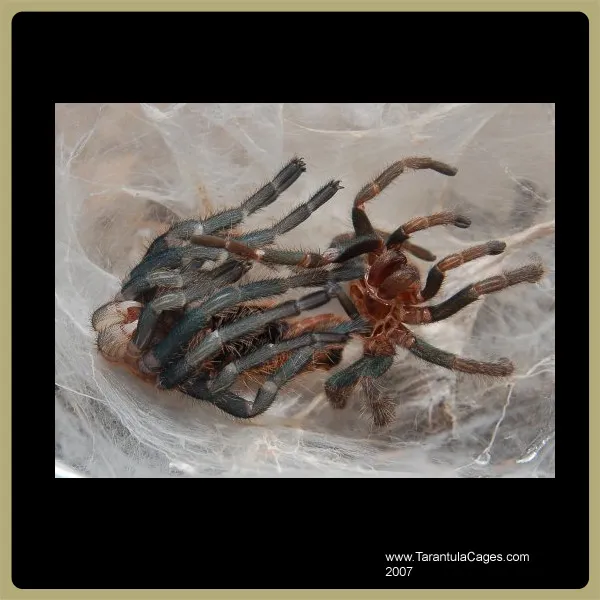Understanding Tarantula Slings and Molting
Tarantula slings, the juvenile stage of these fascinating arachnids, are known for their rapid growth and unique molting process. Molting is not just a physical change; it’s a fundamental aspect of their development, allowing them to shed their old exoskeletons and reveal a new, larger one. This guide will delve into the intricacies of how often tarantula slings molt, providing essential information for both novice and experienced tarantula keepers. Understanding the molting cycle is crucial for providing the best possible care for your sling, ensuring its healthy growth and longevity. It is a vulnerable time for the tarantula, and recognizing the signs of an impending molt is vital for creating a safe and stress-free environment for your pet. This knowledge empowers you to provide the specific needs of your tarantula, promoting overall well-being and the successful completion of each molting phase.
What is Molting
Molting, or ecdysis, is the process by which tarantulas shed their exoskeleton. This hard outer shell, which protects their bodies, does not grow. As the tarantula grows, it must shed this restrictive covering to allow for further expansion. The new exoskeleton, formed beneath the old one, is initially soft and vulnerable. During the molt, the tarantula absorbs water, which helps to expand and split the old exoskeleton. This process allows the tarantula to extract itself, leaving behind the cast-off shell. Molting is a significant physical event, allowing for growth, regeneration of lost limbs, and the shedding of internal parasites. It’s a natural and essential part of a tarantula’s life cycle, enabling them to develop into healthy adults. Each molt brings them closer to maturity, with the frequency of molting decreasing as they age. Proper understanding and support during this period of the tarantula’s life is crucial for its successful growth.
The Molting Process
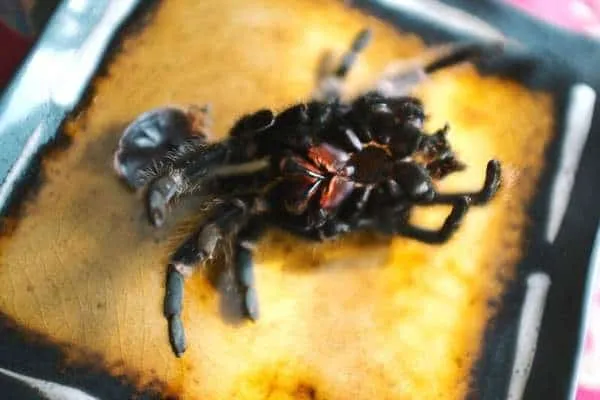
The molting process is a complex series of events, starting with the formation of a new exoskeleton beneath the old one. Before the molt, the tarantula will typically become less active, stop eating, and may display a change in coloration. They might also create a web mat or burrow in preparation for the molt. As the molt approaches, the tarantula will often flip onto its back. Using hydraulic pressure and muscle contractions, the tarantula works to split open its old exoskeleton, usually along the carapace and abdomen. The tarantula then slowly wriggles out of its old shell, a process that can take several hours, or even a day or two. Once free, the new exoskeleton is soft and vulnerable. The tarantula will remain in this state for some time, allowing the new shell to harden. During this period, it is extremely important to avoid disturbing or handling the tarantula.
Factors Affecting Molting Frequency
Several factors influence how often a tarantula sling molts. Understanding these factors is essential for providing optimal care and anticipating molting cycles. The frequency of molting is not a constant; instead, it is influenced by a variety of conditions that affect growth rate and overall health. By carefully managing these variables, keepers can help ensure that their tarantula slings thrive and molt successfully. Adjustments to the tarantula’s care should be based on these factors in order to provide the best life for these creatures. The goal is to provide the best chance to live out their life cycle to the fullest and healthiest potential. The following are key factors that affect molting frequency.
Species
Different tarantula species have varying growth rates and, consequently, different molting frequencies. Fast-growing species, such as some of the terrestrial species, tend to molt more frequently when they are slings. Slower-growing species, particularly those from arid environments or arboreal species, may molt less often. Researching the specific needs of your tarantula species is critical to understanding its molting cycle. Species variations are often seen with a few terrestrial species as well as arboreal species. Each will have their own average schedule based on environmental factors and their overall needs.
Temperature and Humidity
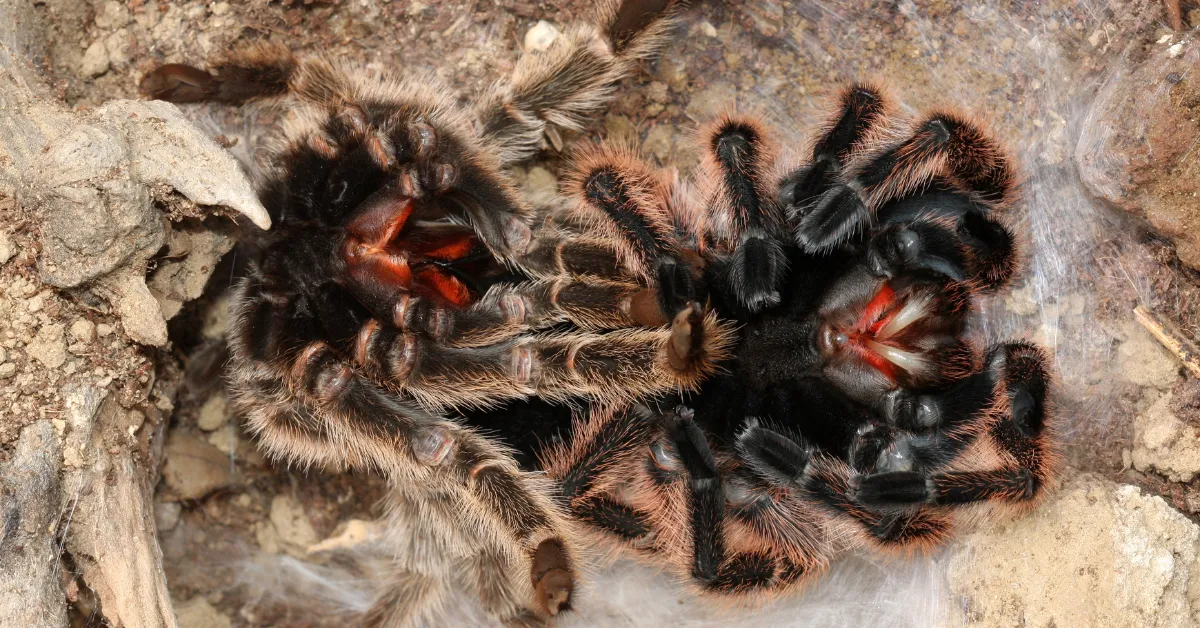
Temperature and humidity play a crucial role in the molting process. Warmer temperatures generally speed up metabolism and growth, leading to more frequent molts. High humidity is also essential, as it helps the tarantula shed its exoskeleton successfully. Inadequate humidity can make molting difficult or even fatal. Maintaining the correct environmental conditions is thus a key component of tarantula care. Understanding the needs for these factors will assist in having healthy molts. Environmental factors play a large role in helping the tarantula thrive and are often overlooked.
Feeding Schedule
The amount and frequency of feeding directly affect growth rate and molting frequency. Well-fed tarantulas grow faster and, therefore, molt more often. Overfeeding, however, can lead to health problems. It is important to find the right balance for your specific tarantula. The feeding schedule for slings differs greatly to adult tarantulas. Slings often need to be fed more frequently to help aid with their quick growth. Regular meals will encourage growth. Proper feeding is one of the most important aspects of a tarantula’s life. It is important to do your research and decide a schedule based on the needs of the species.
Age and Growth Stage
As tarantulas mature, the frequency of molting decreases. Slings molt several times a year. As they grow, the time between molts increases, and the number of molts per year decreases. Adult tarantulas molt far less frequently, sometimes only once a year or even less. This is due to their slower growth rate. The young tarantulas tend to molt more and more frequently. The older the tarantula, the less they will molt. Being aware of their age and the growth stage they are in will help with understanding the needs of the tarantula.
How to Support a Healthy Molt
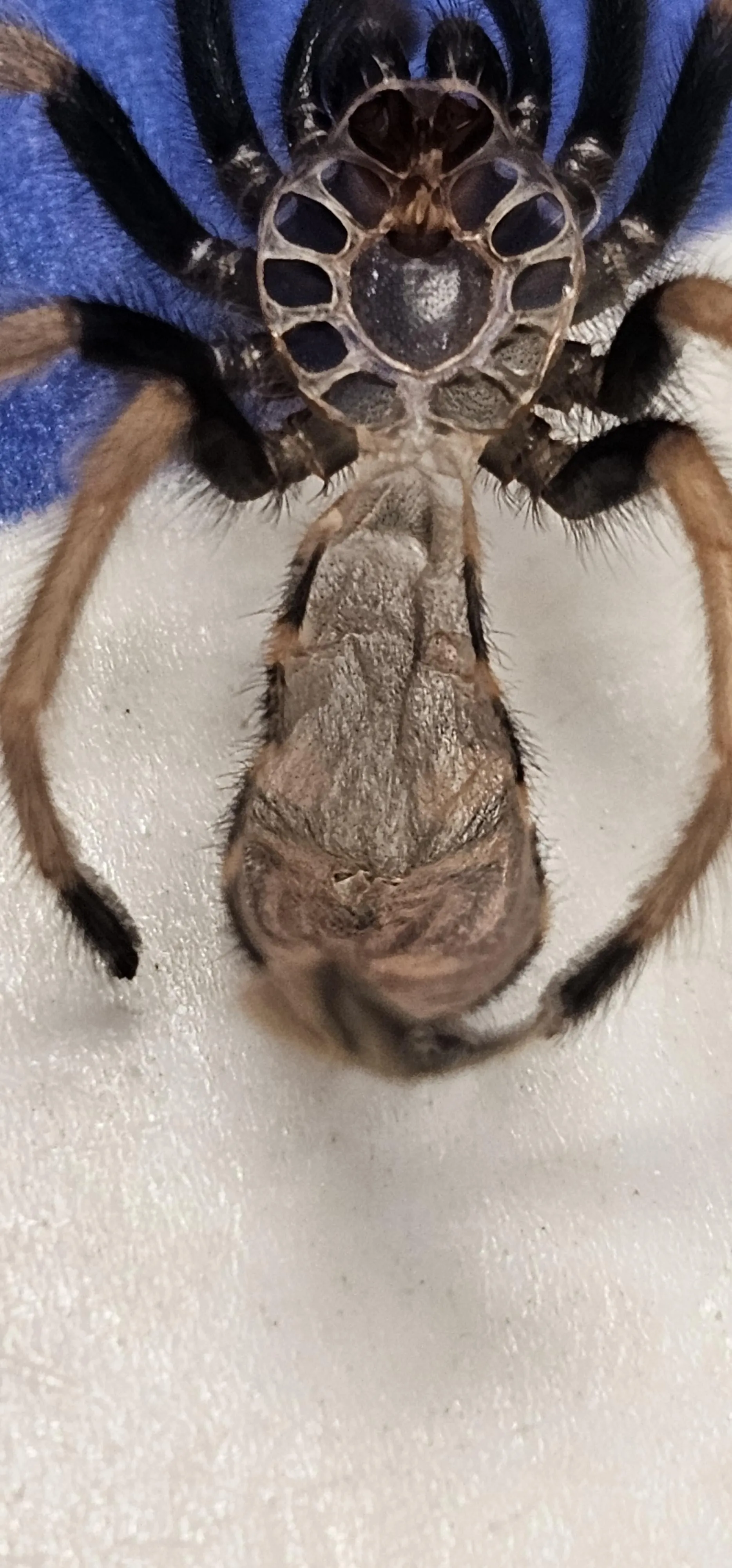
Providing the right environment and care is essential for supporting a healthy molt. The following are steps you can take to assist in successful molting. Your involvement in this process can help ensure that your sling progresses into adulthood.
Creating the Right Environment
Maintain appropriate temperature and humidity levels for your tarantula species. Provide a substrate that allows the tarantula to burrow or create a secure space for molting. Avoid disturbing the tarantula during the molting process. This means no handling and keeping external disturbances to a minimum. Create the right conditions by doing research on your specific species. If the needs of the species are met, then this will help facilitate a healthier molt.
Feeding and Hydration
Provide a varied and nutritious diet. Offer appropriately sized prey items. Ensure a constant supply of fresh water. Even a small dish is sufficient for hydration. Having a steady diet and access to fresh water is one of the most important steps to help support a healthy molt. Ensure you are supplying your sling with its required needs.
What to do if a Molt Goes Wrong
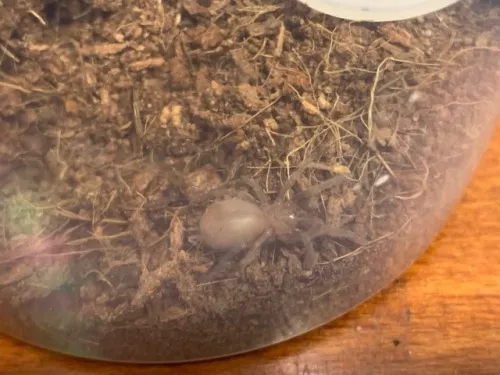
Molting complications can occur, though they are relatively uncommon. These can range from the tarantula getting stuck in its old exoskeleton to failure to fully extract itself. As a keeper, you should be aware of these possibilities. If a molt goes wrong, it is often best to allow the tarantula to try to resolve the issue itself. Intervention can be risky and potentially cause more harm. However, in severe cases, gentle assistance may be necessary, but it is crucial to do this with extreme care and caution. Having supplies on hand to try to resolve the issue could save the life of your tarantula.
Recognizing Problems
Observe your tarantula closely for signs of a problematic molt. These include the inability to shed the exoskeleton fully, trapped limbs, or prolonged molting periods. If you notice any of these issues, assess the situation carefully. Problems are not common, but they can happen. Understanding the signs and potential interventions can give you a better chance of assisting your tarantula.
Conclusion
Understanding how often tarantula slings molt is crucial for providing proper care. The frequency of molting is influenced by species, temperature, humidity, feeding, and age. By providing the right environment, a balanced diet, and minimizing disturbances, you can support your sling through this vital process. While molting complications can occur, being prepared and observant can help you address any issues that arise. By following the guidelines in this guide, you can contribute to the healthy growth and well-being of your tarantula sling.
